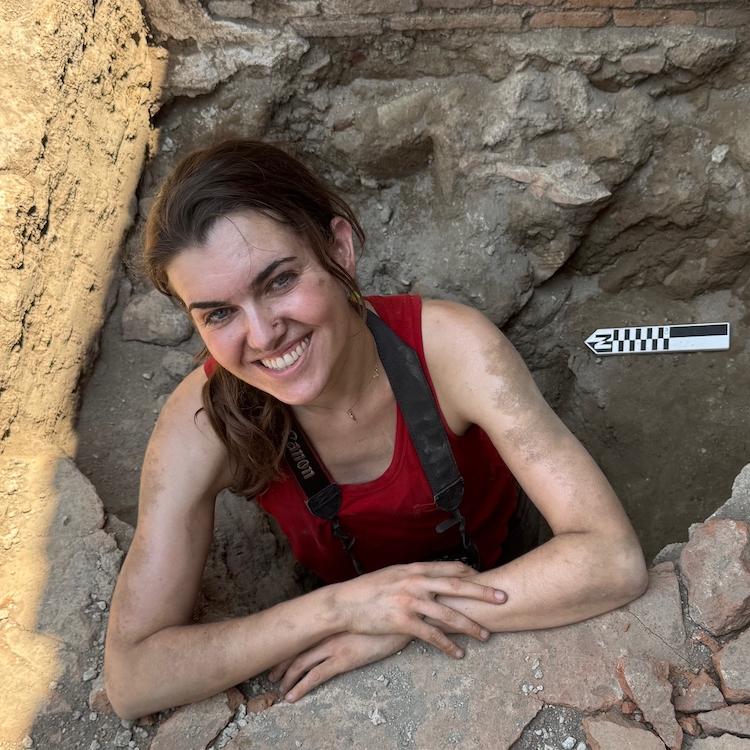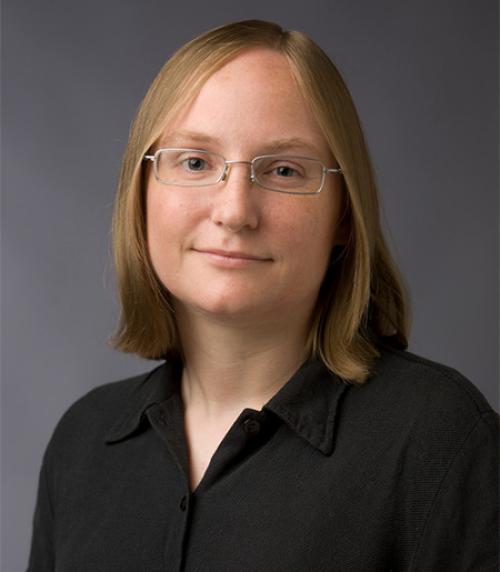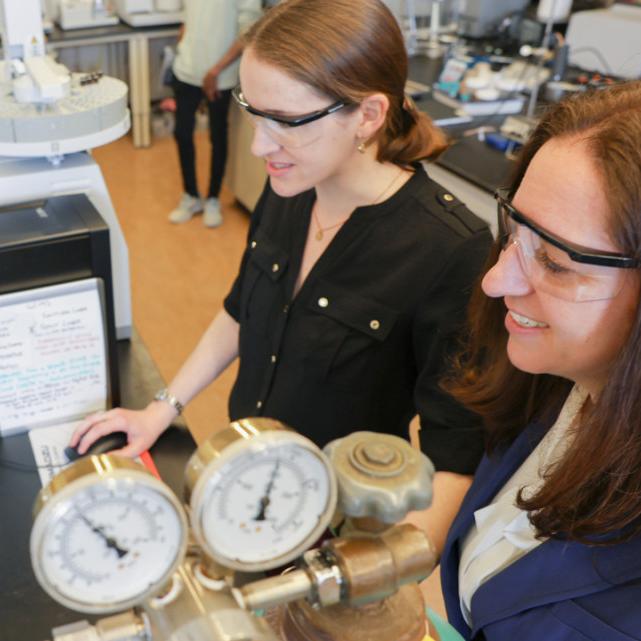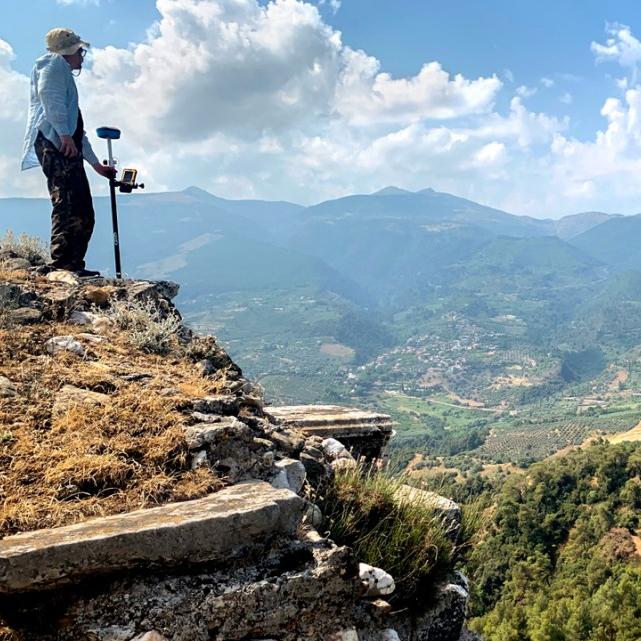
 Department Homepage
The College of Arts & Sciences
Department Homepage
The College of Arts & Sciences
Roby on "The Mynas Codex"
The object of my reflection is a book: There are probably a lot of books among the “transformative works” you find here, but this book, known as the “Mynas Codex,” is a very different kind of object from most of them. When I say “book,” you probably think of a text that can be read in many different places at once, each reader experiencing a more or less identical object, like this one:




